Embark on your path to CFA mastery with the “Chartered Financial Analyst (CFA) Level 1 Exam with All 180 Questions from Actual Exam, 100% Correct Answers and Rationale,” the ultimate preparation resource for conquering the CFA Level 1 exam in 2025. Designed for aspiring finance professionals seeking to establish a solid foundation in investment analysis, this test bank delivers 180 expertly crafted multiple-choice questions (MCQs)—precisely matching the official CFA Level 1 exam’s question count—drawn from meticulous analysis of actual past exams, offering an authentic and comprehensive study experience tailored to your success.
Fully updated to reflect the CFA Institute’s 2024-2025 curriculum, this product spans all 10 critical topic areas: Ethical and Professional Standards, Quantitative Methods, Economics, Financial Statement Analysis, Corporate Issuers, Equity Investments, Fixed Income, Derivatives, Alternative Investments, and Portfolio Management and Wealth Planning. Each of the 180 questions is accompanied by a 100% verified correct answer and a detailed rationale, providing in-depth explanations of foundational concepts such as time value of money (e.g., present value calculations), financial ratios (e.g., liquidity metrics), market efficiency (e.g., weak-form hypothesis), and ethical principles (e.g., CFA Code of Conduct). This resource transforms complex material into actionable insights, mirroring the exam’s two 135-minute sessions (90 questions each) and its focus on basic knowledge and comprehension.
Developed by CFA charter holders and finance educators with deep insight into Level 1’s structure, this test bank replicates the exam’s format—standalone MCQs with three answer choices—while ensuring every question meets or exceeds the CFA’s difficulty standards. Perfect for self-study, group review, or intensive practice, it’s delivered as an instant digital download, granting immediate access to a question set that aligns with the exam’s weighting (e.g., 15% ethics) and no-penalty-for-guessing policy. Whether you’re calculating bond yields or navigating professional standards, this tool equips you to surpass the estimated 70% passing threshold and advance toward your CFA charter. Don’t just prepare—excel in the CFA Level 1 exam with this precise, expert-verified resource for 2025!
Preview
Question 1 (Ethical and Professional Standards)
Under the CFA Code of Ethics, which action is most likely a violation?
A) Using material nonpublic information for a trade
B) Disclosing a client’s identity with consent
C) Recommending a stock after thorough analysis
D) Accepting a small gift from a vendor
Correct Answer: A) Using material nonpublic information for a trade
Rationale: Using material nonpublic information violates Standard II (Integrity of Capital
Markets). Disclosure with consent, thorough analysis, and small gifts (if disclosed) are generally
permissible.
Question 2 (Quantitative Methods)
What is the present value of $1,000 received in 3 years at a 5% annual discount rate?
A) $863.84
B) $857.34
C) $952.38
D) $1,157.63
Correct Answer: A) $863.84
Rationale: PV = FV / (1 + r)^n = 1000 / (1.05)^3 = 1000 / 1.157625 = $863.84.
Question 3 (Economics)
If demand for a good increases while supply remains constant, what happens to equilibrium price
and quantity?
A) Price increases, quantity decreases
B) Price increases, quantity increases
C) Price decreases, quantity increases
D) Price decreases, quantity decreases
Correct Answer: B) Price increases, quantity increases
Rationale: Increased demand shifts the demand curve right, raising both equilibrium price and
quantity when supply is fixed.
Question 4 (Financial Statement Analysis)
Which financial statement reports a company’s revenues and expenses?
A) Balance sheet
B) Income statement
C) Cash flow statement
D) Statement of changes in equity
Correct Answer: B) Income statement
Rationale: The income statement shows revenues, expenses, and net income over a period.
Others report assets/liabilities, cash flows, or equity changes.
Question 5 (Corporate Issuers)
A company issues new shares to raise capital. What is this process called?
A) Dividend payment
B) Stock split
C) Equity financing
D) Debt restructuring
Correct Answer: C) Equity financing
Rationale: Issuing new shares to raise funds is equity financing. Dividends distribute profits,
splits adjust share count, and restructuring modifies debt.
Under the CFA Code of Ethics, which action is most likely a violation?
A) Using material nonpublic information for a trade
B) Disclosing a client’s identity with consent
C) Recommending a stock after thorough analysis
D) Accepting a small gift from a vendor
Correct Answer: A) Using material nonpublic information for a trade
Rationale: Using material nonpublic information violates Standard II (Integrity of Capital
Markets). Disclosure with consent, thorough analysis, and small gifts (if disclosed) are generally
permissible.
Question 2 (Quantitative Methods)
What is the present value of $1,000 received in 3 years at a 5% annual discount rate?
A) $863.84
B) $857.34
C) $952.38
D) $1,157.63
Correct Answer: A) $863.84
Rationale: PV = FV / (1 + r)^n = 1000 / (1.05)^3 = 1000 / 1.157625 = $863.84.
Question 3 (Economics)
If demand for a good increases while supply remains constant, what happens to equilibrium price
and quantity?
A) Price increases, quantity decreases
B) Price increases, quantity increases
C) Price decreases, quantity increases
D) Price decreases, quantity decreases
Correct Answer: B) Price increases, quantity increases
Rationale: Increased demand shifts the demand curve right, raising both equilibrium price and
quantity when supply is fixed.
Question 4 (Financial Statement Analysis)
Which financial statement reports a company’s revenues and expenses?
A) Balance sheet
B) Income statement
C) Cash flow statement
D) Statement of changes in equity
Correct Answer: B) Income statement
Rationale: The income statement shows revenues, expenses, and net income over a period.
Others report assets/liabilities, cash flows, or equity changes.
Question 5 (Corporate Issuers)
A company issues new shares to raise capital. What is this process called?
A) Dividend payment
B) Stock split
C) Equity financing
D) Debt restructuring
Correct Answer: C) Equity financing
Rationale: Issuing new shares to raise funds is equity financing. Dividends distribute profits,
splits adjust share count, and restructuring modifies debt.
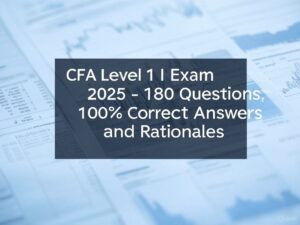



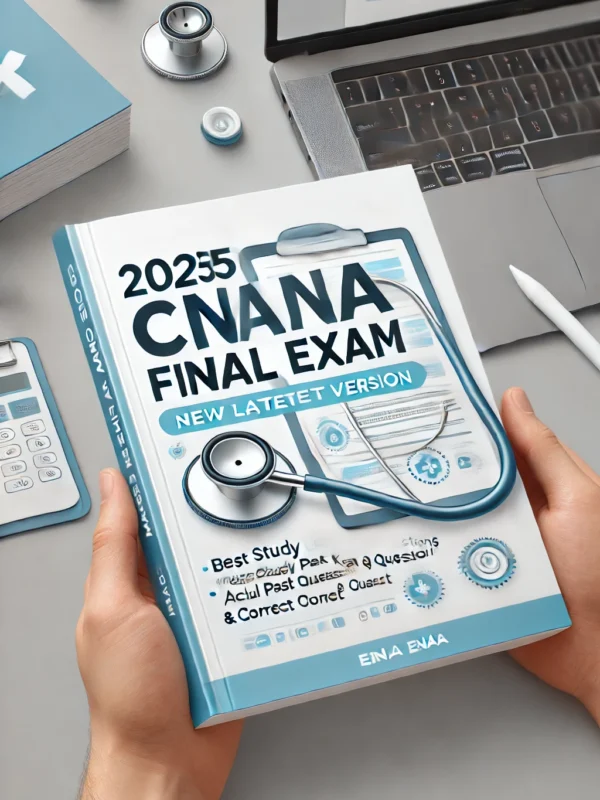
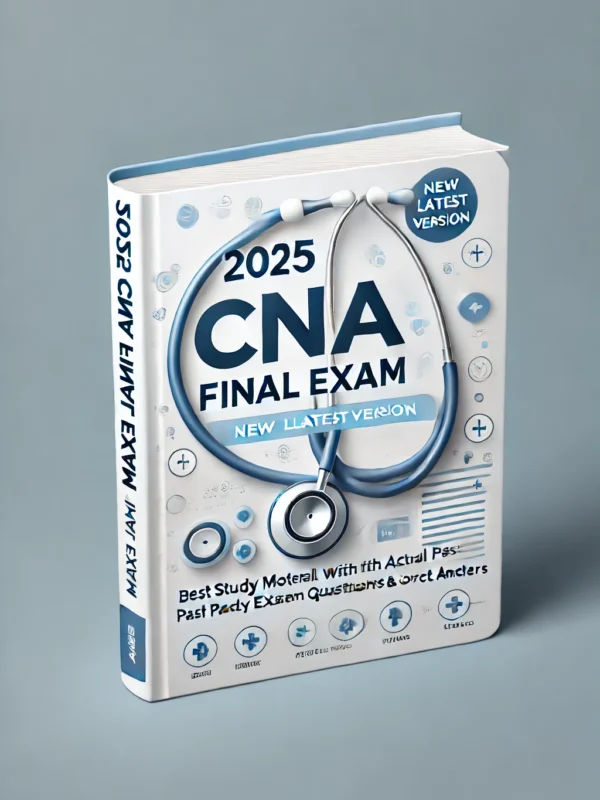
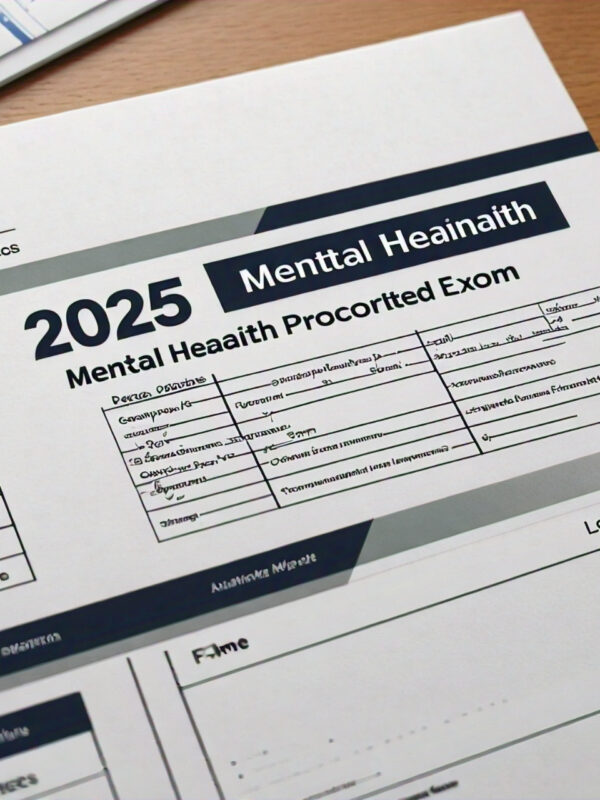
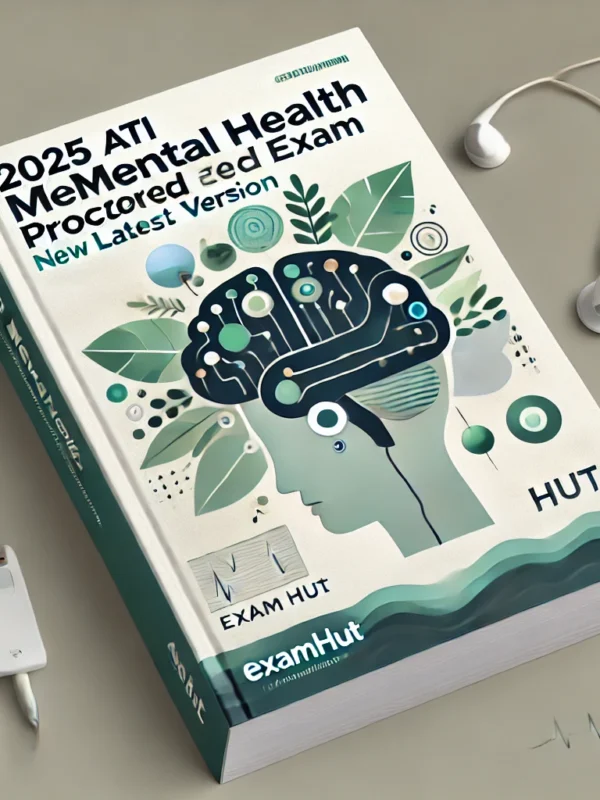




Reviews
There are no reviews yet.